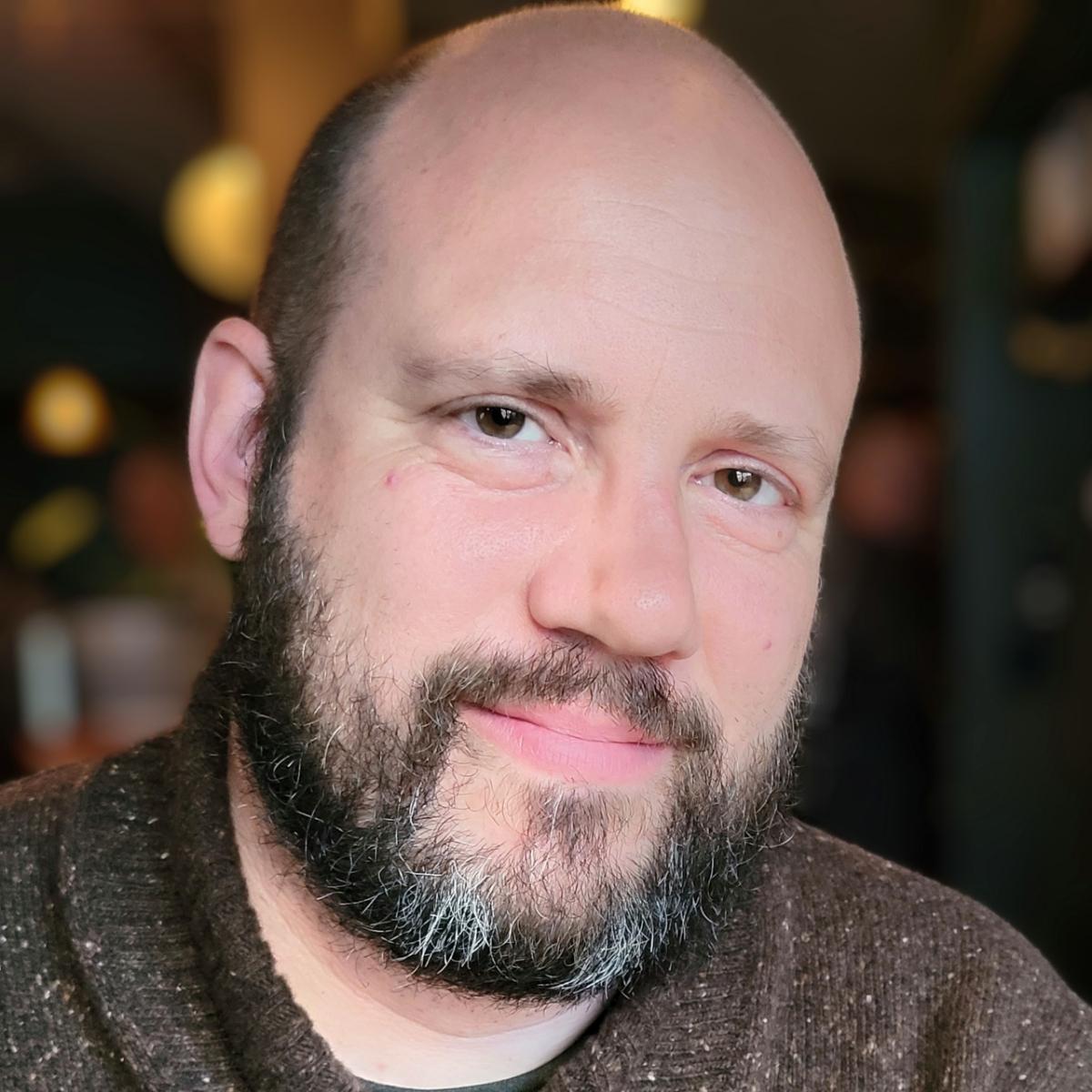About Joshua K. Hartshorne
I am a research associate professor of communication sciences & disorders at the MGH Institute of Health Profession Department of Communication Sciences and Disorders, where I direct the Advanced Analytics and Artificial Intelligence Group.
Language can be used to move thoughts between minds, even those separated by considerable distance or time. The speaker takes a thought, packages it up into a series of sounds (or gestures), from which the listener must recover the original thought. This alone would be an impressive feat difficult for science to explain. We must also explain how children learn these procedures.
I am interested in all aspects of this problem. I have worked on a variety of phenomena in syntax, semantics, and pragmatics. Lately, I have been focusing on three interrelated problems:
Bootstrapping language acquisition
Language acquisition presents a chicken-and-egg problem. We can learn a lot about words from context (having heard Agnes ate the rambutan, we can infer that rambutans must be some kind of food) or from explicit definitions (A rambutan is a kind of fruit that grows in tropical areas and is very similar to lychees). But this only works if we already know a lot of words and a lot about the world (that people eat food, what a tropical area is, what a lychee is). At the same time, much of what we learn about the world we learn through language (many people's knowledge of tropical areas comes from being told about them, not visiting them). If we must know words and the world to learn other words, and we must know words in order to learn about the world, how is learning supposed to get off the ground?
Obviously, children do learn language, so they must solve the problem somehow. Some of the most intriguing possibilities involve exploiting infants' pre-existing knowledge of the world, plus some expectations about how language might reflect thought (see especially syntactic bootstrapping and semantic bootstrapping). We have been working on testing these theories empirically, and developing them more fully with the aid of computational models. To learn more about this work, see this, this, that, and other work on the publication page.
Language and common sense
Related to the above, I am interested in understanding how language interacts with our conceptual representations of the world. One case study I have been particularly interested in is pronoun interpretation. For instance, compare:
- Al frightened Bart because he is scary.
- Al frightened Bart because he is timid.
- Agnes beat Bea in tug-of-war although she is strong.
- Agnes beat Bea in tug-of-war although she is weak.
Interpreting the pronouns in these sentences seems to rely a lot on our knowledge about the world, including why people experience fright or win at tug-of-war. There are also many complex interactions with linguistic structure: whether the verb is active or passive, what connective is used, and so on. This makes pronouns a fantastic guinea pig for studying how language and world knowledge interact. I have been studying these phenomena through large-scale studies with adults, studies of how children learn to interpret pronous, and computational models. In addition to these and my other publications on the topic, also check out materials on the workshop I organized with Josh Tenenbaum at CogSci 2015.
Critical periods
One obvious if unpleasant fact about the human condition is that adults have difficulty learning new languages. Despite decades of research, there is still considerable controversy as to when and why this ability fades away. By using the Internet to test hundreds of thousands of people from around the world who have varying experiences with language, I have been trying to settle these controversies.
This work is closely related to previous work that I have done, studying how cognitive abilities change with age. While many laypeople and scientists share the intuition that young adults are at the peak of their mental prowess, after which ability declines (with the exception of some acquired "wisdome"), my colleagues and I have found that different cognitive abilities develop and age on very different timescales (see media coverage here and here). By comparing language learning ability with other cognitive abilities, I hope to narrow in on what enables young children to acquire language and prevents adults from being nearly as effective.
Methods
Methodologically, I use a number of well-established methods, such as judgment studies, eye-tracking, and ERPs. However, I am particularly interested in exploring and exploiting new and emerging methods. One such method is testing tens or even hundreds of thosuands of children and adults over the Internet, and in doing so being able to study questions that were previously out of reach (for instance, see this paper). This work involves both viral quizzes that recruit large numbers of subjects and also citizen science projects, in which volunteer, amateur researchers help analyze linguistic phenomena.
